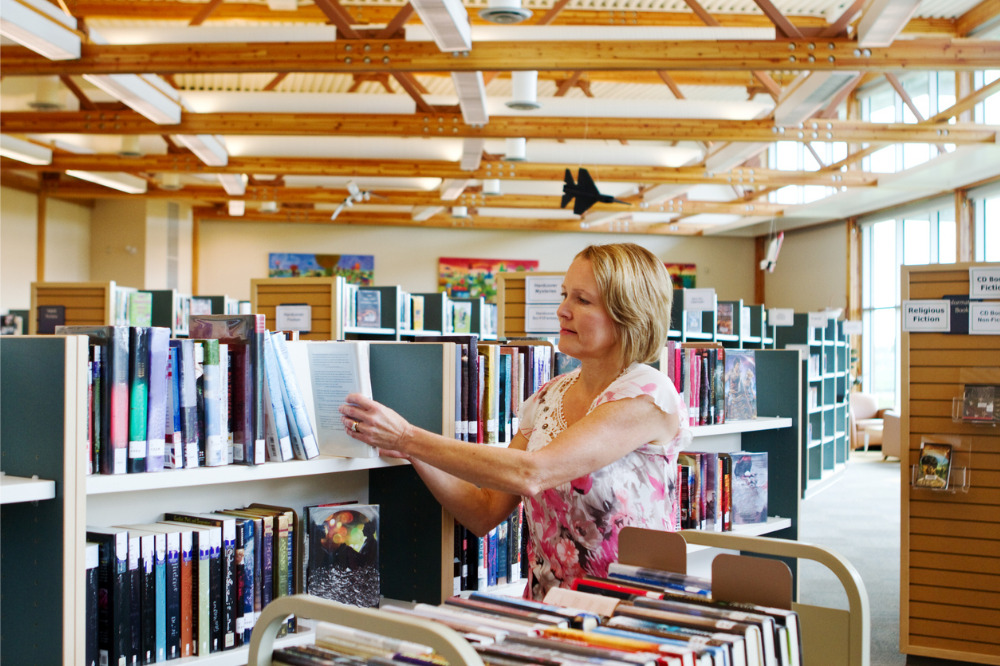
Thinking about doing a stocktake or audit of your library collection at any time can be a daunting task. Some librarians and staff may find they’ve inherited a large and aging collection. And you may get the feeling that if you remove too many things, you’ll be left with hardly any resources at all!
But never has the concept of ‘quality over quantity’ been more true or important than when we’re talking about decolonising Australian school library collections. If you’ve felt that your school library may contain materials about Aboriginal and Torres Strait Islander peoples that are out of date, factually incorrect and even offensive, but have been too overwhelmed by the scope of the task of dealing with them, you may find this guide helpful.
1. Get yourself into the mindset
If you haven’t already read it, this article in our Connections school library journal might inform and inspire you. It describes the first-hand experiences of a teacher librarian and a First Nations parent when they embarked on a similar project.
2. Assembling your criteria for the assessment of resources
You need to set some parameters to help you decide what to keep and what to remove from your collection. The good news is many others have already considered this! There’s a seminal set of criteria written by the Curriculum Corporation; a shorter set of guidelines developed by the Queensland Museum; and a guide written by Narragunnawali which amalgamates the two.
You can use these documents to develop a set of criteria that is appropriate and usable for your specific needs.
3. Deciding where to begin
You may wish to break the project up into stages, especially if you have a big collection. This might mean looking at sectioning off parts of your project into categories like:
- Fiction
- Non-fiction
- Picture books
- Big books
- Teacher resources
- Readers
- Audiobooks
- Audiovisual material
You may also need to break up non-fiction into sections. If you use Dewey, consider beginning with:
200 – Religion. (If you use SCIS, you’ll find resources relating to Indigenous spirituality at 298)
300 – Social Sciences
900 – History and Geography
These Dewey classifications are where you’re likely to find the bulk of your resources about First Nations peoples of Australia.
4. Assembling your team
If you only have a small collection, you may be able to tackle this job on your own, bit by bit. But if you have a larger collection you may need help. If you’re able, perhaps you can call on teaching staff to help out at certain times. Your parent community may also be able to help – and maybe even people from the local community too. This is where your carefully crafted criteria for assessment of resources will come in handy – it will ensure everyone is on the same page!
You may also like to do an initial sweep of your collection, and then have a team of ‘reviewers’ who are familiar with your assessment criteria, who can double check the resources you are keeping and discarding. This can be a good way of checking you are on the right track, and of making the job a community endeavour.
5. Get started!
Things are always busy in a school library and the ‘right’ time might not just jump out at you – so you will have to make it happen. Perhaps you could have a working bee, and get lots done in one fell swoop…or perhaps you might make it a project the team might work on over a term, or even several terms, in between other work. But the most important thing you can do is just to get started! Every small step you take towards this goal is a positive one, even if there are missteps along the way.
6. Use your Criteria for Assessment as a basis for selection criteria for new resources
Just because a resource has been recently published doesn’t mean that it will automatically fit your revised criteria! Make sure you have a clear idea of what types of resources you want to add to your collection. Some libraries have a policy, for example, of only purchasing new resources about First Nations peoples if they are authored by First Nations peoples – or if they are endorsed by First Nations communities. You may like to preference resources published by First Nations publishers; or you may see, after auditing your collection, that there are gaps in your collection that need filling. Adding some detail around selecting First Nations materials in your Collection Development policy will help you stay on track with your goal of maintaining a decolonised collection.
We hope you’ve found this guide helpful, and that you are inspired to get started on your own project. The last thing to emphasise here is that we must take responsibility, as librarians and educators, to ensure we are informed and able to make sensitive and considered decisions about what is contained in our collections, without deferring responsibility and mental load to others. It is up to us to get started and begin this work – and there’s no better time for that than now.
This article was originally published as a blog by The Schools Catalogue Information Service (SCIS) team at ESA.


